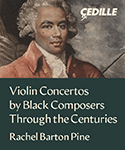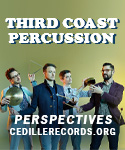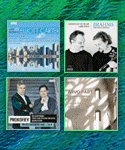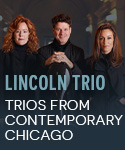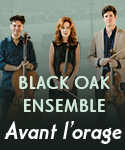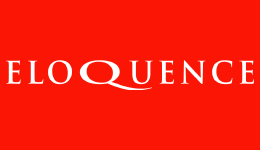Liszt’s Hungarian Rhapsodies used to be popular concert staples, yet they seem to have completely vanished from the repertoires of today’s pianists, even the thrice-familiar Second that Bugs Bunny made famous. That’s a shame, because they count among the composer’s most unbuttoned, entertaining, and fun-to-listen-to pieces. But they need the right pianist. Artur Pizarro certainly understands how to shape and color the more introspective Nos. 3 and 5 or the brooding introductions to Nos. 1, 7, 9, and 13, helped by the gentle yet pungently differentiated sonorities of his Blüthner concert grand (despite the distant microphone placement and rather murky sonics). He also delivers an aristocratic, elegantly sculpted No. 12 that is stylistically similar to Jorge Bolet’s wonderful 1980s recording. What’s more, the suave, legato quality of Pizarro’s runs, scales, and other decorative passages is achieved mainly by finger control, with little help from the pedal.
At the same time, however, Pizarro’s serious-minded playing often lacks the fantasy and scintillation flashier performances boast. Somehow the Sixth’s taxing octaves, the Eleventh’s cimbalom evocations, the Tenth’s wacky glissandos, and the Fourteenth’s browbeating tunes fall flat next to the edgier, gaunter, more characterful Roberto Szidon performances, to say nothing of Georges Cziffra’s roller-coaster temperament. In truth, no complete Hungarian Rhapsody cycle from a single pianist completely satisfies. The ideal one would morph Pizarro’s tone, Czifrra’s imagination, Szidon’s panache, plus the solid musicianship and clean reproduction distinguishing Philips’ two cycles (Michele Campanella and Mischa Dichter). Still, the best of what Pizarro has to offer is worth Brilliant Classics’ budget price, if you can’t easily find Szidon’s DG cycle as a two-for-one import.
























